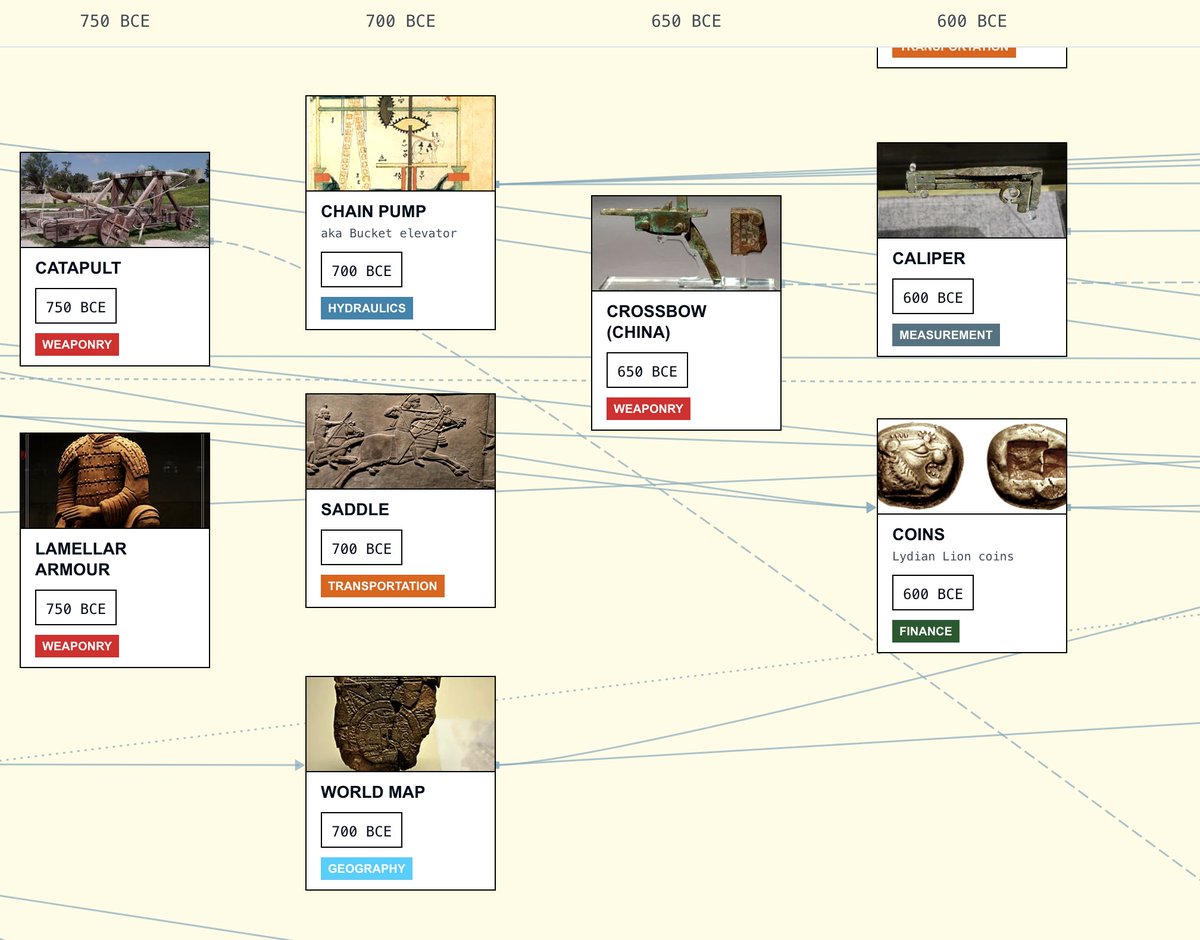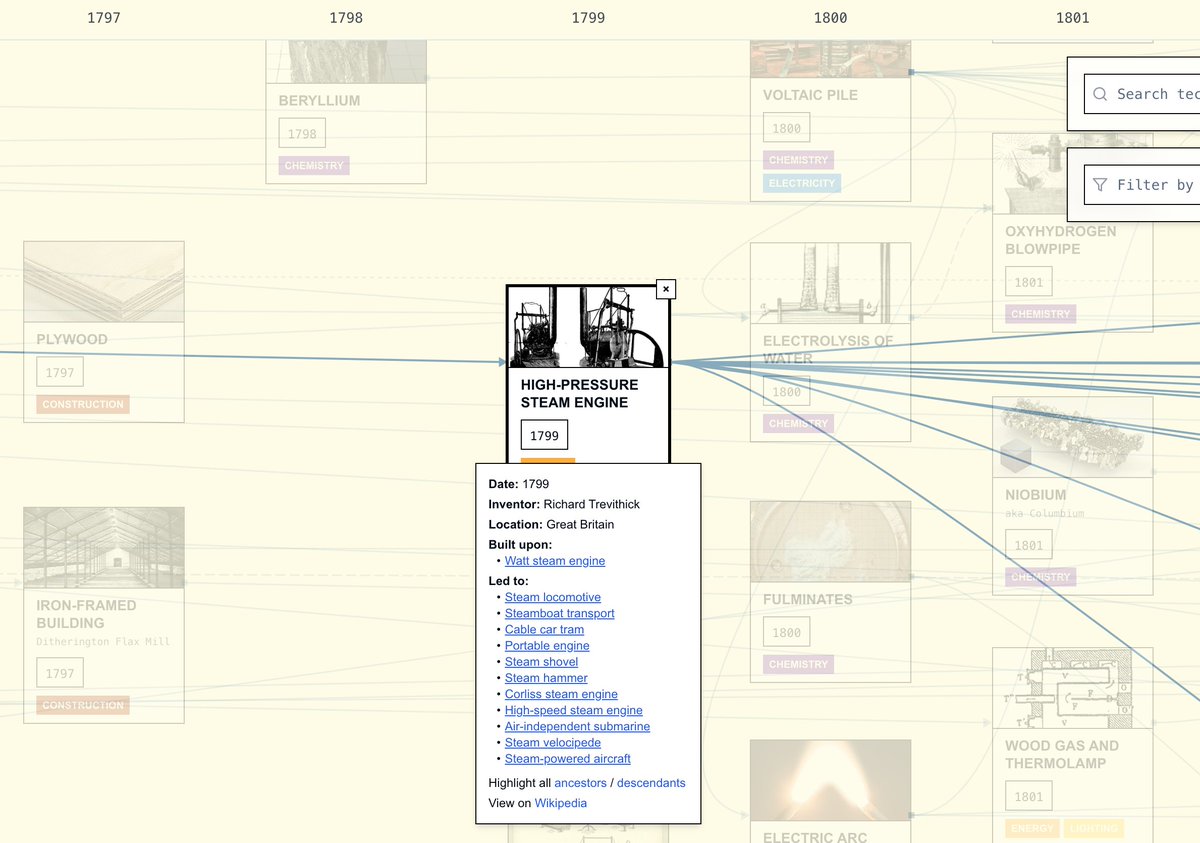“Tomorrow Never Knows” couldn’t be made today, and not just because the Beatles already made it in 1966. Marking perhaps the single biggest step in the group’s artistic evolution, that song is in every sense a product of its time. The use of psychedelic drugs like LSD was on the rise in the counterculture, as was the awareness of the religion and music of faraway lands such as India. At the same moment, developments in recording-studio technology were making new approaches possible, involving sounds that musicians never would have imagined trying before — and, when brought together, produced a result that many listeners of just a few years earlier would hardly have recognized as music at all.
In the new You Can’t Unhear This video above, host Raymond Schillinger explains all that went into the recording of “Tomorrow Never Knows,” which he calls “arguably the most pivotal song of the Beatles’ career.” It seems that John had undergone some considerable experiences during the group’s five-month-long break after Rubber Soul, given that he turned up to EMI Studios afterward with a song that “defied pretty much every convention of pop music at the time: the lyrics didn’t rhyme, the chord progression didn’t really progress, and instead of romantic love, the subject matter was expanding one’s psychic consciousness through ego death.” A young Geoff Emerick, who’d just been promoted to the role of the Beatles’ recording engineer, rose to the challenge of facilitating an equally non-standard studio process.
The wholly new sonic texture that resulted owes in large part to the use of multiple tape loops, literal sections of audio tape connected at the beginning and end to allow theoretically infinite repetition of their content. This was a fairly new musical technology at the time, and the Beatles made use of it with gusto, creating loops of all manner of sped-up sounds — an orchestra playing, a Mellotron, a reversed Indian sitar, Paul sounding like a seagull — and orchestrating them “live” during recording. (Ringo’s drum track, despite what sounds like a superhuman regularity in this context, was not, in fact a loop.) Other technologically novel elements included John’s double-tracked vocals run through a revolving Leslie speaker and a backwards guitar solo about whose authorship Beatles enthusiasts still argue.
What John had called “The Void,” was retitled after one of Ringo’s signature askew expressions (“a hard day’s night” being another) in order to avoid drawing too much attention as a “drug song.” But listeners tapped into the LSD scene would have recognized lyrical inspiration drawn from The Tibetan Book of the Dead, the ancient work that also informed The Psychedelic Experience, the guidebook by Timothy Leary and Richard Alpert (later Baba Ram Dass) with which John directed his own first trip. But even for the least turned-on Beatle fan, “Tomorrow Never Knows” was “like stepping from a black-and-white world into full color,” as Schillinger puts it. The Beatles might have gone the way of the Rolling Stones and chosen to record in an American studio rather than their home-away-from-home on Abbey Road, the unconventional use of its less-than-cutting-edge gear resulted in what remains a vividly powerful dispatch from the analog era — even here in the twenty-twenties, when consciousness expansion itself has gone digital.
Related content:
How John Lennon Wrote the Beatles’ Best Song, “A Day in the Life”
The Amazing Recording History of The Beatles’ “Here Comes the Sun”
The Experimental Movement That Created The Beatles’ Weirdest Song, “Revolution 9”
How “Strawberry Fields Forever” Contains “the Craziest Edit” in Beatles History
Based in Seoul, Colin Marshall writes and broadcasts on cities, language, and culture. His projects include the Substack newsletter Books on Cities and the book The Stateless City: a Walk through 21st-Century Los Angeles. Follow him on the social network formerly known as Twitter at @colinmarshall.



 but a sense of how much of that knowledge we lack. Our civilization has made its way from stone tools to robotaxis, mRNA vaccines, and LLM chatbots; we’d all be better able to inhabit it with even a slightly clearer idea of how it did so. Visit the
but a sense of how much of that knowledge we lack. Our civilization has made its way from stone tools to robotaxis, mRNA vaccines, and LLM chatbots; we’d all be better able to inhabit it with even a slightly clearer idea of how it did so. Visit the 


